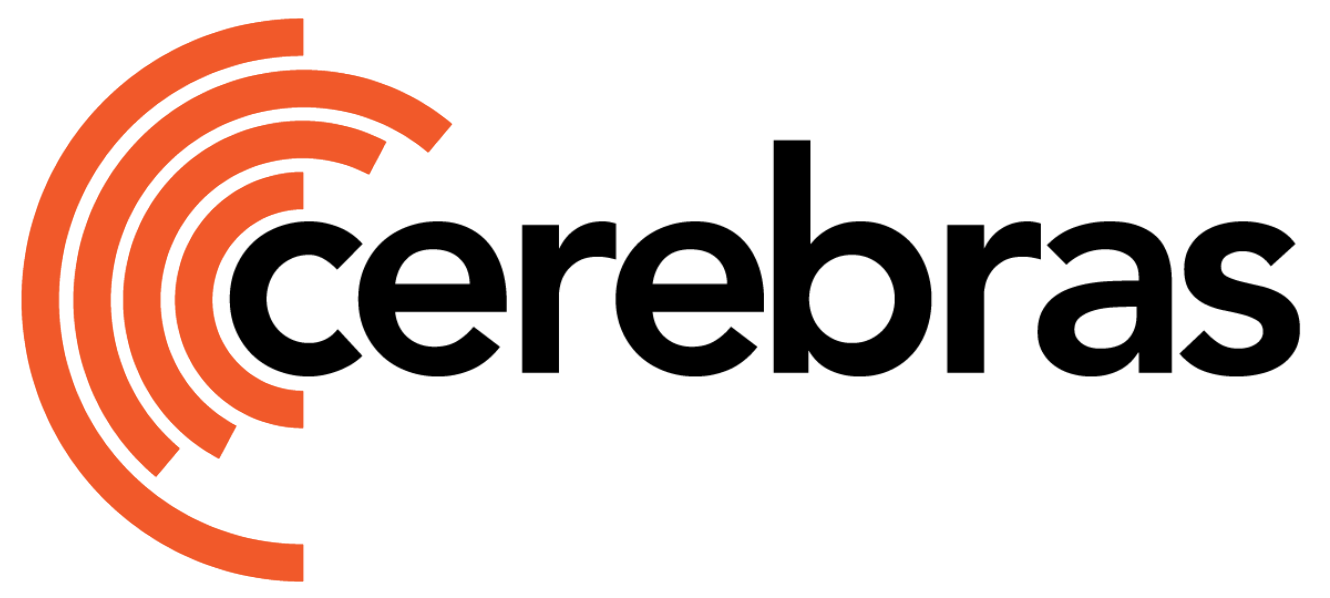On this page, you will learn about how to configure the checkpointing behavior of the Trainer with a Checkpoint object. By the end you should have a cursory understanding on how to use the Checkpoint class in conjunction with the Trainerclass.
Prerequisites
-
You must have installed the Cerebras Model Zoo (click here if you haven’t).
-
You must be familiar with the Trainer.
Primary checkpointing functionality is done using the Checkpoint core callback. You can control the cadence at which you save checkpoints, the naming convention of checkpoints saved, and various other useful functionalities. For details on all options, see Checkpoint.
An example of a checkpoint configuration is shown here:
trainer:
init:
checkpoint:
steps: 100
save_initial_checkpoint: True
checkpoint_name: "checkpoint_{step}.mdl"
...
["checkpoint_0.mdl", "checkpoint_100.mdl", "checkpoint_200.mdl", ...]
Automatically Loading from the Most Recent Checkpoint
The autoload_last_checkpoint can be used to autoload the most recent checkpoint from model_dir. If you have the following checkpoints in model_dir:
["checkpoint_0.mdl", ..., "checkpoint_19900.mdl", "checkpoint_20000.mdl"]
autoload_last_checkpoint like in the example below, the run will automatically load from the checkpoint with the largest step value, in this case "checkpoint_20000.mdl".
trainer:
init:
checkpoint:
steps: 100
autoload_last_checkpoint: True
...
Checkpoint Loading Strictness
The disable_strict_checkpoint_loading option can be used to loosen the validation done when loading a checkpoint. If True, the model will not raise an error if the checkpoint contains keys that are not present in the model.
trainer:
init:
checkpoint:
steps: 100
disable\_strict\_checkpoint_loading: True
...
Selective Checkpoint State Saving
You can specify which individual checkpoint states to be saved using the SaveCheckpointState callback, which allows us to:
In the example below, you will save an alternative checkpoint every 5 checkpoints saved (500 steps) that only contains the "model" state.
k in SaveCheckpointState refers to taking an alterative checkpoint every k checkpoint steps, not every k steps.
trainer:
init:
checkpoint:
steps: 100
callbacks:
- SaveCheckpointState:
k: 5
checkpoint_states: "model"
...
Selective Checkpoint State Loading
You can specify which individual checkpoint states to be loaded using the LoadCheckpointStates callback. The LoadCheckpointStates callback allows us to:
- Perform fine-tuning, by loading the model state but starting the optimizer state from scratch and the global step from 0.
In the example below, you configure the Trainer to load only the "model" state from any checkpoint.
trainer:
init:
checkpoint:
steps: 100
callbacks:
- LoadCheckpointStates:
load_checkpoint_states: "model"
...
Checkpoint Deletion Policy
For long runs with limited storage space, it is important to have a way to control how checkpoints are deleted or retained. To control the number of checkpoints retained, use KeepNCheckpoints. The KeepNCheckpoints callback allows us to: - Constrain the amount of storage space checkpoints take up while still allowing for recent restart points in case a run is interrupted. - If you want to still keep long-term checkpoints over a larger cadence for validation purposes, checkpoints generated by SaveCheckpointState are ignored by KeepNCheckpoints (see Selective Checkpoint State Saving for more details).
In the example below, only the 5 most recent checkpoints will be retained.
trainer:
init:
checkpoint:
steps: 100
callbacks:
- KeepNCheckpoints:
n: 5
...
What’s next?
To learn how to use advanced checkpointing to do a fine-tuning run, see see Fine-Tuning with Validation.
Further Reading
To learn about how you can configure a Trainer instance using a YAML configuration file, you can check out:
To learn more about how you can use the Trainer in some core workflows, you can check out:
To learn more about how you can extend the capabilities of the Trainer class, you can check out:

